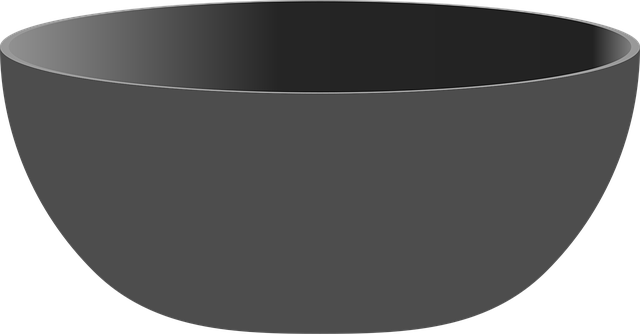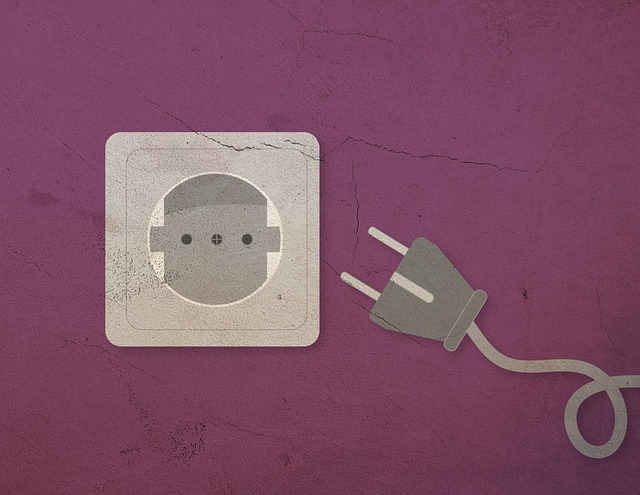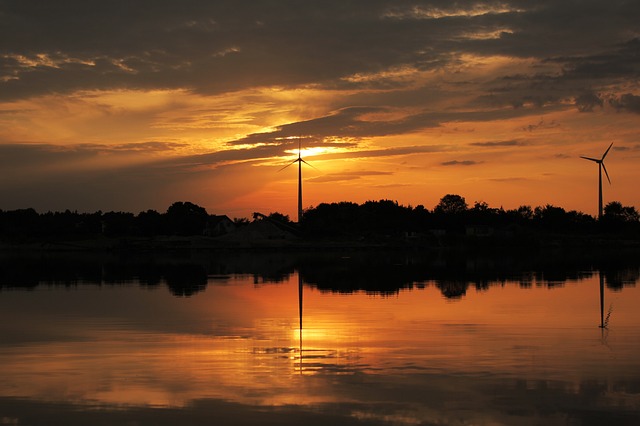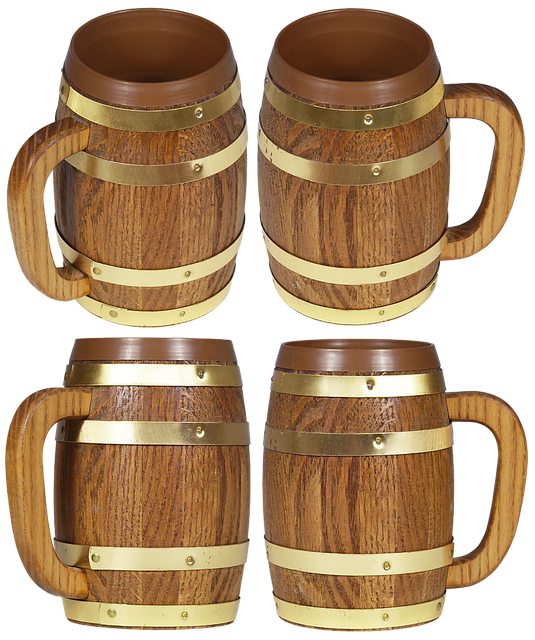Proper water heater selection requires assessing available space, considering obstacles, and matching size to household demands. Measure floor space accurately, evaluate utility area layout, ensure maintenance accessibility, plan for future needs, and prioritize energy efficiency for optimal performance and cost savings.
When selecting a water heater, one often overlooked aspect is the installation space. Proper planning ensures a smooth process and optimal performance. Begin by assessing the available space, taking into account nearby obstacles and fixtures. Measure dimensions accurately to guarantee a perfect fit. Consider accessibility for maintenance and future upgrades, as well as your household’s hot water demands when choosing a size. Planning ahead for potential changes in needs or expansion allows for a more adaptable solution.
- Assess Space Availability for Water Heater Placement
- Measure Dimensions to Ensure Optimal Fit
- Consider Nearby Obstacles and Fixtures
- Evaluate Accessibility for Maintenance and Upgrades
- Choose Size Based on Household Hot Water Demands
- Plan for Future Expansion or Changing Needs
Assess Space Availability for Water Heater Placement

When considering a new water heater, one of the most crucial steps is assessing the available space for its installation. This involves evaluating both the physical dimensions and the location within your home or building. Start by measuring the area where you plan to install it—is it tight against a wall or do you have some extra room? Consider the water heater’s size and shape, ensuring they fit comfortably without hindering access or causing any obstructions.
The placement should also factor in the proximity to plumbing fixtures and your home’s water supply system. Ideal installation spaces offer easy accessibility for maintenance and repairs while minimizing potential risks. By carefully considering space availability, you can streamline the water heater selection process and ensure a safe, efficient setup.
Measure Dimensions to Ensure Optimal Fit

Before making a final decision on water heater selection, it’s crucial to measure your installation space dimensions precisely. Water heaters come in various sizes and configurations, so ensuring optimal fit is essential to avoid unnecessary hassle and potential safety risks. Take accurate measurements of the available floor space, considering both the width and depth, as well as the height, to ensure the water heater will not only fit but also allow for adequate airflow and circulation around the unit.
Additionally, keep in mind any potential obstacles like surrounding cabinets, pipes, or other appliances that might restrict access or impact the placement of your new water heater. Measuring these dimensions helps you narrow down suitable models, ensuring a secure and efficient installation during the water heater selection process.
Consider Nearby Obstacles and Fixtures

When considering installation space for a new water heater, it’s crucial to assess nearby obstacles and fixtures. The layout of your utility area plays a significant role in the water heater selection process. Take note of any fixed structures, such as pipes, walls, or other appliances, that might restrict movement or require specific clearances. These physical limitations will impact not only the size and type of water heater you choose but also how access to the heater is managed during installation and future maintenance.
Additionally, pay attention to existing fixtures like sinks, toilets, or dishwashers, as they can influence the placement and orientation of your water heater for optimal efficiency and safety. Proper spacing ensures easy access for regular service and reduces potential hazards associated with confined spaces.
Evaluate Accessibility for Maintenance and Upgrades

When considering a new water heater, evaluating accessibility for maintenance and upgrades is crucial for optimal performance and longevity. Ensure that the installation space allows easy access to the heater for regular servicing and future replacements. This includes assessing the width and height of passageways, as well as the proximity to shut-off valves and other essential components. Proper accessibility facilitates timely maintenance, which can extend the lifespan of your water heater and prevent costly breakdowns.
In terms of water heater selection, choosing models with accessible control panels and modular designs further enhances convenience. These features make it easier to perform basic checks and adjustments without moving heavy equipment. Additionally, consider the layout of nearby fixtures and appliances to guarantee hassle-free maintenance and upgrades, ensuring a seamless integration within your installation space.
Choose Size Based on Household Hot Water Demands

When considering a new water heater, one of the most crucial factors is understanding and meeting your household’s hot water demands. The size of the water heater should align with how much hot water your family uses on a regular basis. Factors like shower duration, number of people in the home, and energy efficiency play significant roles in determining the appropriate size.
For instance, if you have a larger family who frequently takes long showers or uses multiple appliances that require hot water simultaneously, a larger capacity water heater may be necessary. Conversely, smaller households with shorter shower times can often suffice with a smaller unit. Choosing the right size not only ensures your hot water needs are met but also impacts energy efficiency and cost savings in the long run.
Plan for Future Expansion or Changing Needs

When considering a water heater installation, it’s crucial to look beyond your current needs and plan for future expansion or changing preferences. Water heater selection isn’t just about immediate requirements; it’s an investment that could significantly impact your lifestyle in the years to come. As families grow, energy efficiency becomes a top priority, and modern water heaters offer advanced technologies to meet evolving demands.
For instance, if you’re envisioning a larger household or anticipate higher hot water usage due to new hobbies or life stages, opting for a more capacitive water heater might be prudent. Additionally, energy-efficient models not only reduce utility bills but also contribute to environmental sustainability. By choosing a water heater with future growth in mind, you’ll ensure your home is prepared for whatever comes next without compromising on comfort or convenience.






